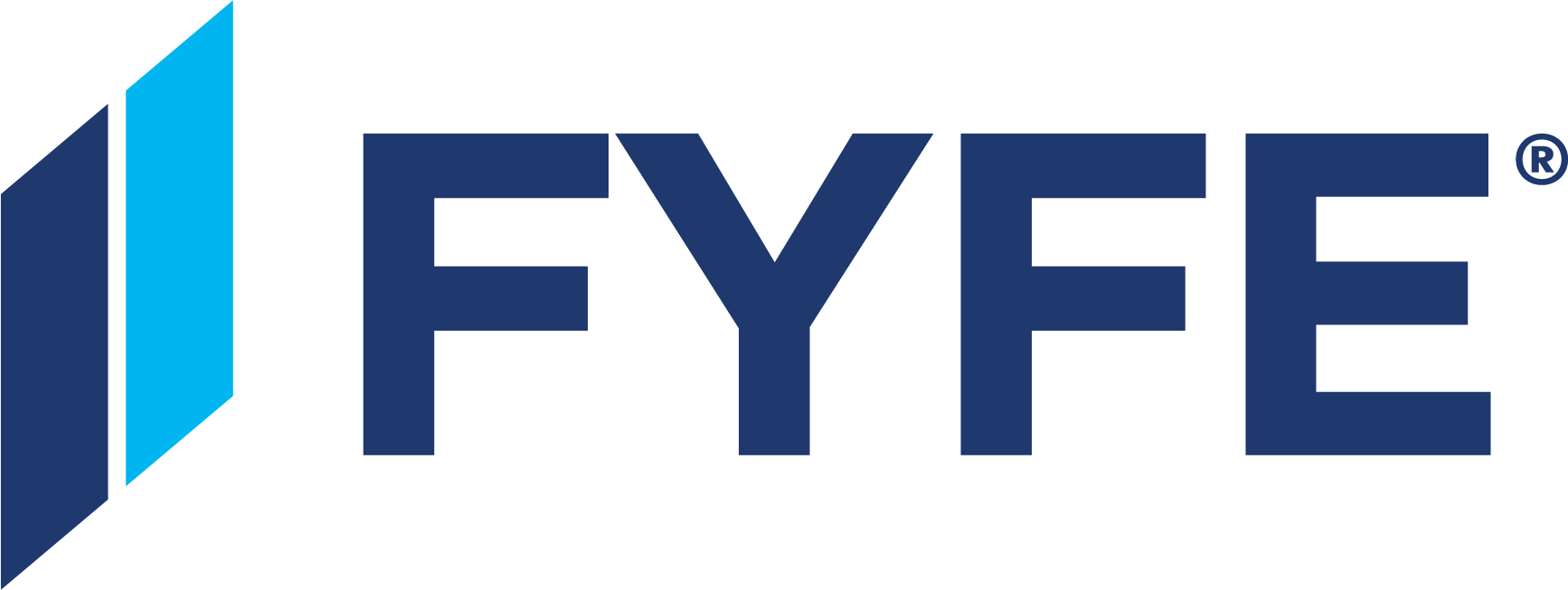PIPE, REHABILITATION, TYFO® SYSTEM
OVERVIEW
Intermountain Power (IMP) has been a user of carbon fiber-reinforced polymer (CFRP) for strengthening of their circulating cooling water systems (CW) for over 10 years. Its site engineering and procurement teams have considered and used multiple different CFRP materials and installation contractors when CW condition assessment results indicate repairs are recommended for maintaining the structural integrity of this critical asset. Fibrwrap Construction has supported Intermountain Power with CFRP materials and installation services since 2009 and has conducted extensive work onsite for the past four years. Because its CW system is buried and critical to operations, structural strengthening options are limited to CFRP when repairs are needed.
In Spring 2018, Fibrwrap Construction supported Intermountain Power with Unit 1 CW repairs during its biannual maintenance outage. The services provided in 2018 also included a value engineering activity in additional to the typical CFRP material procurement and installation activities. The design of the 120-inch PCCP repair followed the procedure laid out in the newly accepted design guideline per the American Water Works Association (AWWA) entitled “CFRP Renewal and Strengthening of PCCP.” This document took over 10 years to develop and receive AWWA approval. It focuses on the inherent differences with the design and installation of CFRP systems over other technologies, which include the high-strength, low profile as well as the hand-applied nature of the system. The overall design goal is to provide a stand-alone design that will last 50 years.
The fiberwrap repairs scope of work included strengthening nine segments of PCCP, including conducting the required surface preparation, end detailing, fiber installation, finish coat installation and conducting all the required quality control measures. The typical installation procedure for the FRP system is as follows:
- Prepare the exposed concrete substrate to concrete surface profile 3.
- Before the CFRP system is installed, prepare three 2 ft. x 2 ft. mockup areas in the pipeline with one layer of the CFRP system using the same surface preparation and installation methods to be used for the repair pipes per ASTM D4541.
- Remove mortar lining at joint ends, at least 18 inches to the steel can, for proper termination of the CFRP system.
- Install CFRP layers in the hoop and longitudinal directions as required by the AWWA C305 design requirements.
- Place the hoop layers of the CFRP system in narrow widths as needed to conform to sloped surface in joint recess. Stagger the seams of the narrow hoop layers in subsequent layers.
- During the repair of pipes, prepare at least one 2 ft. x 2 ft. witness panel (test panels) per day per work shift on a level surface using one layer of the CFRP system and the same material and techniques used for the fiberwrap installation in the above listed pipes.
- After the installed CFRP system has become tack free, inspect all surfaces for voids, delaminations, wrinkles and raised fabric edges, and perform corrective actions.
- Cure the CFRP system using curing schedule approved by the engineer. Pipeline can be refilled after the CFRP system completes at least 85 percent cure based on Barcol or Shore D hardness.
- Final inspection and acceptance of work.
IMP was again a satisfied customer and continues to be a repeat Fibwrap Construction customer as we delivered another project on-time and on-budget, and have added value to our service offering by including engineering services.
PROJECT DETAILS
Project: Intermountain Power Plant, Unit 1 CW Piping System Rehab
Location: Delta, Utah
Pipe Length: 140 feet
Pipe Size: 120-inch PCCP
Installation: CFRP wet lay-up
Owner: Intermountain Power
Service: Company
Engineer: Fyfe
Contractor: Fibrwrap


“Fibrwrap Construction has continually provided us with a high quality product and professional field personnel. They go inside the pipe and conduct their work without needing much help from the facility. After 10 years of working with them, they continue to surpass expectations, always completing projects on time, on budget and without any safety issues.”
Mike Steele, Project Engineer
IMP

